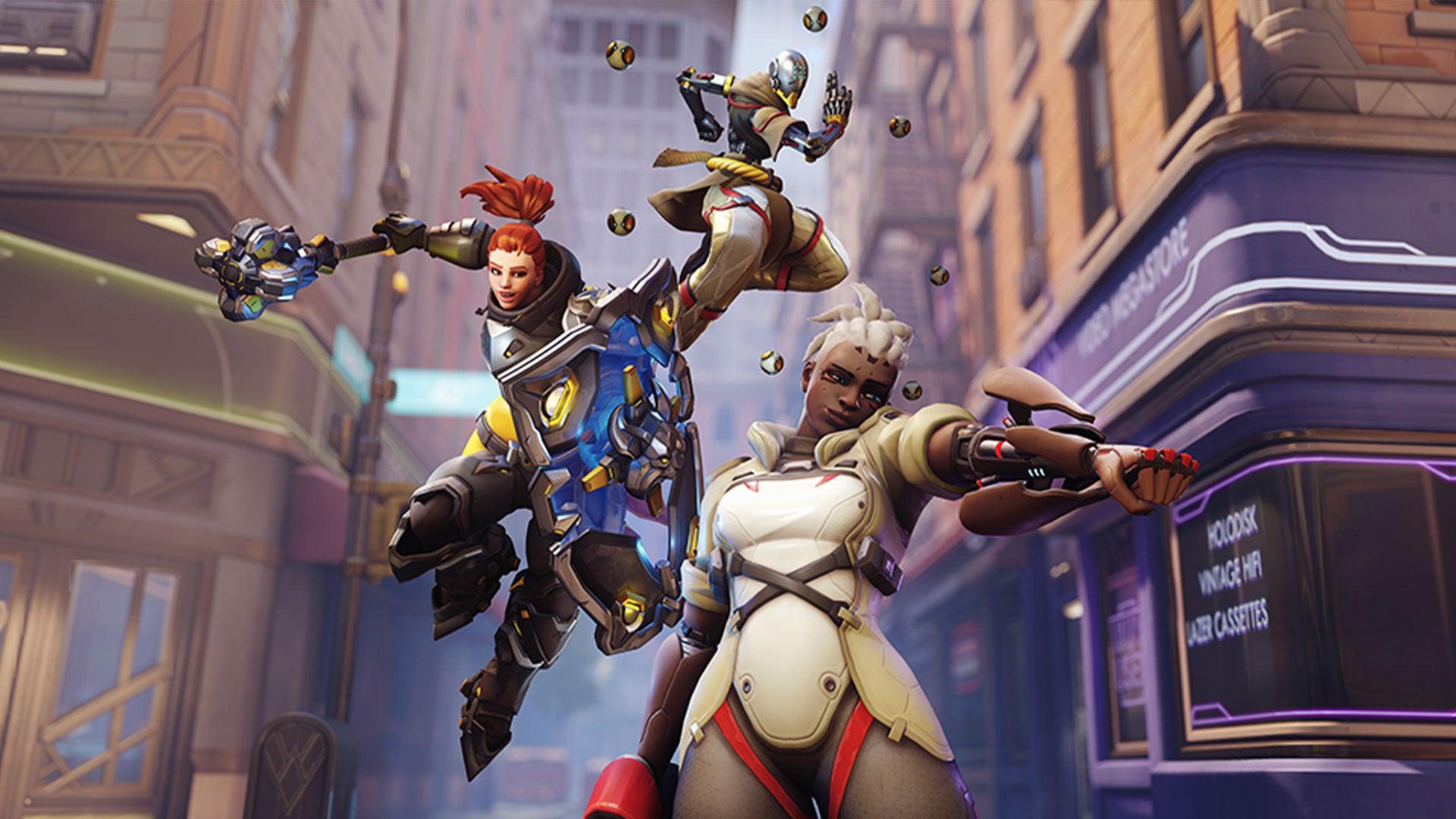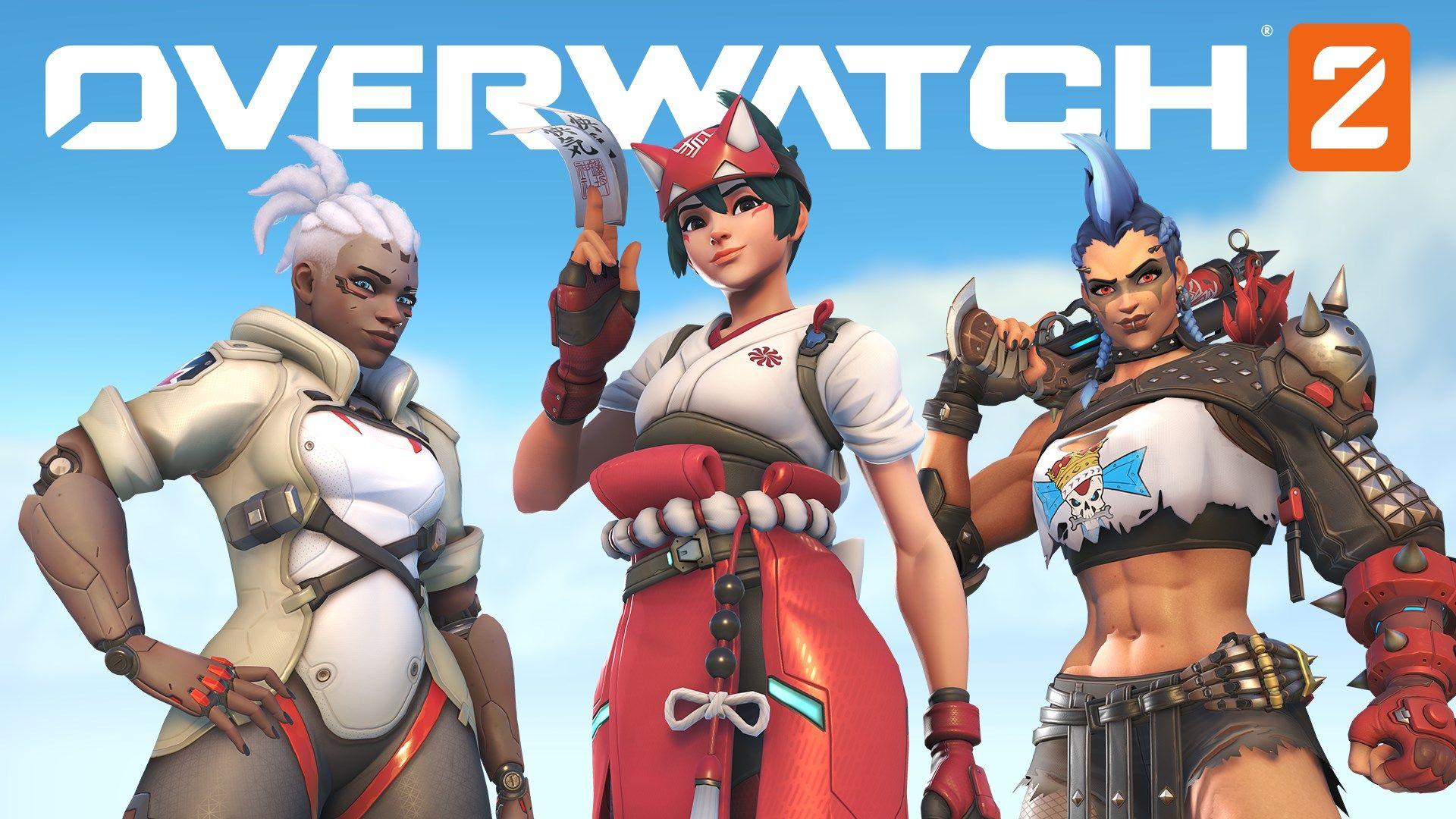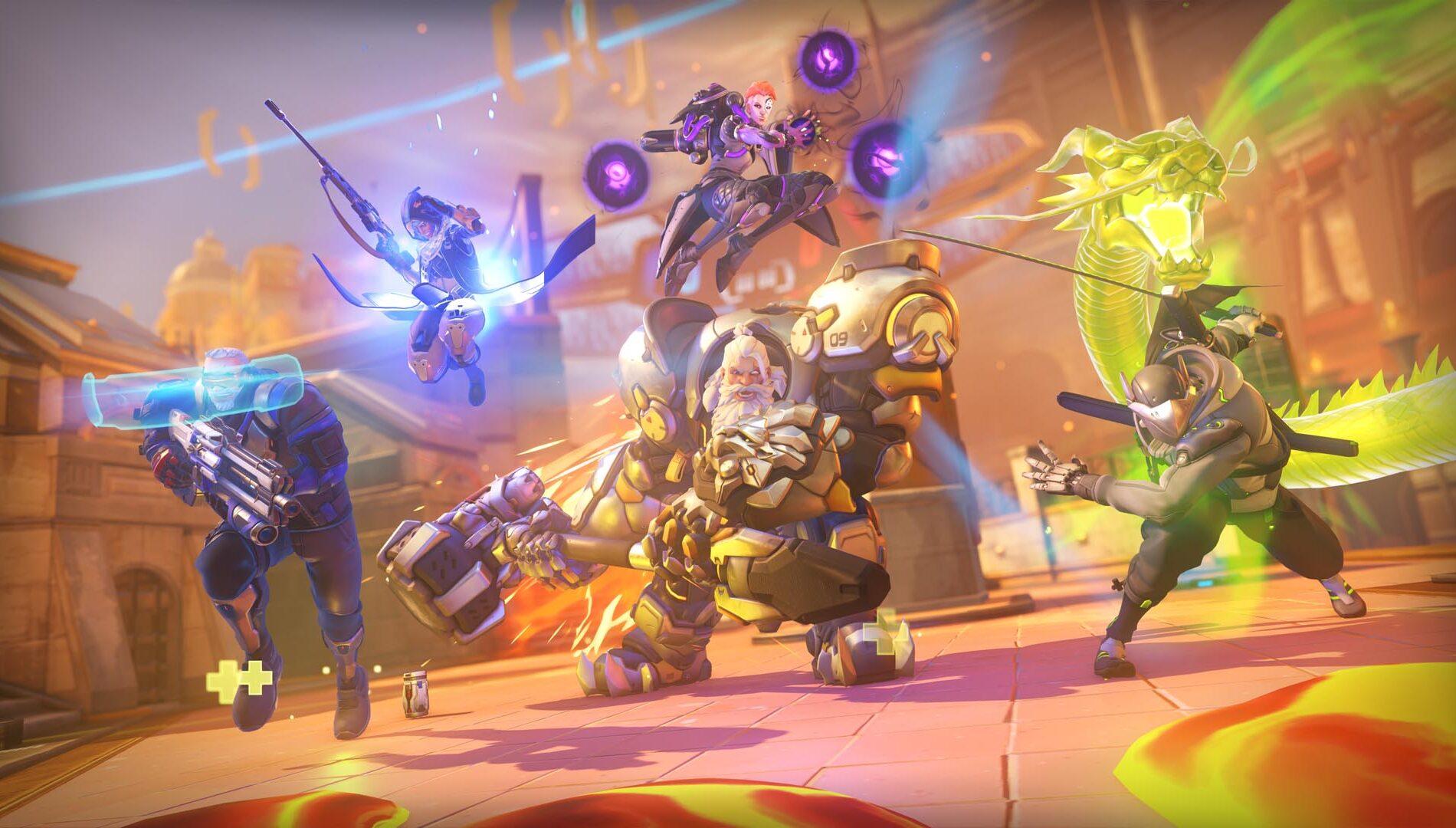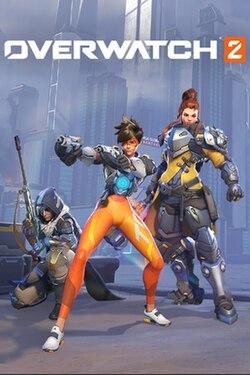Blizzard’s Commitment to Reviving Story Content in Overwatch 2
in a recent statement, the director of Overwatch 2 acknowledged the community’s concerns regarding the lack of considerable story-driven content in the game. Acknowledging that fans felt the franchise has, in some ways, “dropped the ball” on the promised PvE experience, blizzard is making strides to revive and enhance the narrative elements that originally drew players into the Overwatch universe. The director emphasized the importance of re-engaging the player base by bringing forth compelling stories, immersive lore, and character-driven narratives that have become synonymous with the franchise.
The team has laid out several strategic initiatives to ensure that Overwatch 2 returns to its storytelling roots, which include:
- Expanded lore growth: Plans to explore the backstories of fan-favorite characters through new short films and animated features.
- In-game storytelling enhancements: Integration of narrative arcs into seasonal events, providing additional context and character motivations.
- Community engagement: Encouraging feedback from players to better align storytelling with fan expectations and desires.
This renewed focus on narrative content aims to not only satisfy long-time fans but also attract new players to the evolving world of Overwatch 2.

Analyzing Player Reactions to the Current Lack of PvE Features
The recent comments from Overwatch 2’s director shed light on a growing sentiment within the gaming community regarding the disappointing absence of meaningful PvE content. Players have voiced their frustrations across social media platforms, feeling that the game has shifted its focus away from the rich storytelling and immersive experiences they initially anticipated. The overwhelming response indicates that many fans are yearning for a return to the narrative-driven adventures that defined the franchise, experiencing a sense of loss as the expectations for expansive pve content were not met.
In particular, the backlash has highlighted several concerns among the player base, including:
- Missed Opportunities: Players believe that the narrative potential of the Overwatch universe is being squandered with the current emphasis on PvP.
- Community Engagement: Fans feel disconnected from the development process, expressing that clearer communication about upcoming features and their timelines is crucial.
- Content Fatigue: the recent focus on PvP modes has led to a sense of stagnation, with players craving fresh, engaging content that reintroduces the story elements they love.
This dialog emphasizes the need for Blizzard to listen closely to its fans, as desires for engaging story arcs and character developments are not only valid but critical for maintaining long-term player engagement in the Overwatch ecosystem.

Future Directions: What Fans Can Expect from Overwatch 2 Story Expansion
In the wake of recent feedback from the community, Blizzard’s renewed commitment to storytelling in Overwatch 2 suggests an exciting resurgence for fans eager for deeper narratives. New campaign missions are on the horizon, designed to explore character backstories and the overarching lore that has captivated players since the franchise’s inception. Expect a blend of cinematic storytelling and immersive gameplay, where players will be thrust into pivotal moments that shape the future of the Overwatch universe.The development team has indicated that future expansions will delve into the consequences of previous events and the relationships between beloved characters, offering a richer understanding of their motivations and conflicts.
Blizzard is also exploring new gameplay mechanics that will enhance the story experience, providing players with opportunities for greater engagement. Features such as co-op mission modes, interactive environments, and evolving narratives based on player choices could redefine the way fans experience the game’s lore. Additionally, there’s discussion around integrating more seasonal events centered around story elements, giving players a chance to dive into limited-time story arcs that will keep the community engaged throughout the year. As Blizzard aims to balance the PvE aspects with pvp elements, fans can look forward to a world where storytelling takes precedence, ensuring that narrative depth is as vital as competitive play.

Recommendations for Blizzard: Balancing PvP and Narrative in Overwatch 2
As Blizzard seeks to recalibrate its focus on narrative within Overwatch 2,it is indeed crucial for the development team to find a harmonious balance between player-versus-player (pvp) elements and storytelling.This shift will not only satisfy those who crave rich, immersive lore but also enhance the overall player experience. To achieve this,Blizzard might consider implementing the following strategies:
- Integrative storytelling: Incorporate lore-driven events that enhance PvP modes,creating a deeper context for battles that resonates with the characters’ backstories and motivations.
- Seasonal Narratives: Develop episodic story arcs that are refreshed each season, giving players a reason to engage consistently with both the PvE and PvP aspects.
- Character development through Gameplay: Allow players to unlock narrative content directly through their PvP achievements, thereby intertwining gameplay advancement with story progression.
Moreover,Blizzard should leverage community feedback to continuously refine its narrative offerings. This includes creating opportunities for players to engage with stories that may not be strictly PvE-centric but are woven into the fabric of the game. Strategies could include:
- Player-Driven Storylines: Encourage fan-generated content that influences the game’s canon, fostering a more inclusive narrative landscape.
- Dynamic In-Game Events: Introduce time-limited events that explore different aspects of the Overwatch universe, using pvp battles to advance narrative developments that keep the player base engaged.
- Regular Communication: Maintain an open line of dialogue with the community about narrative directions and gather insights on how to improve the storytelling experience.
